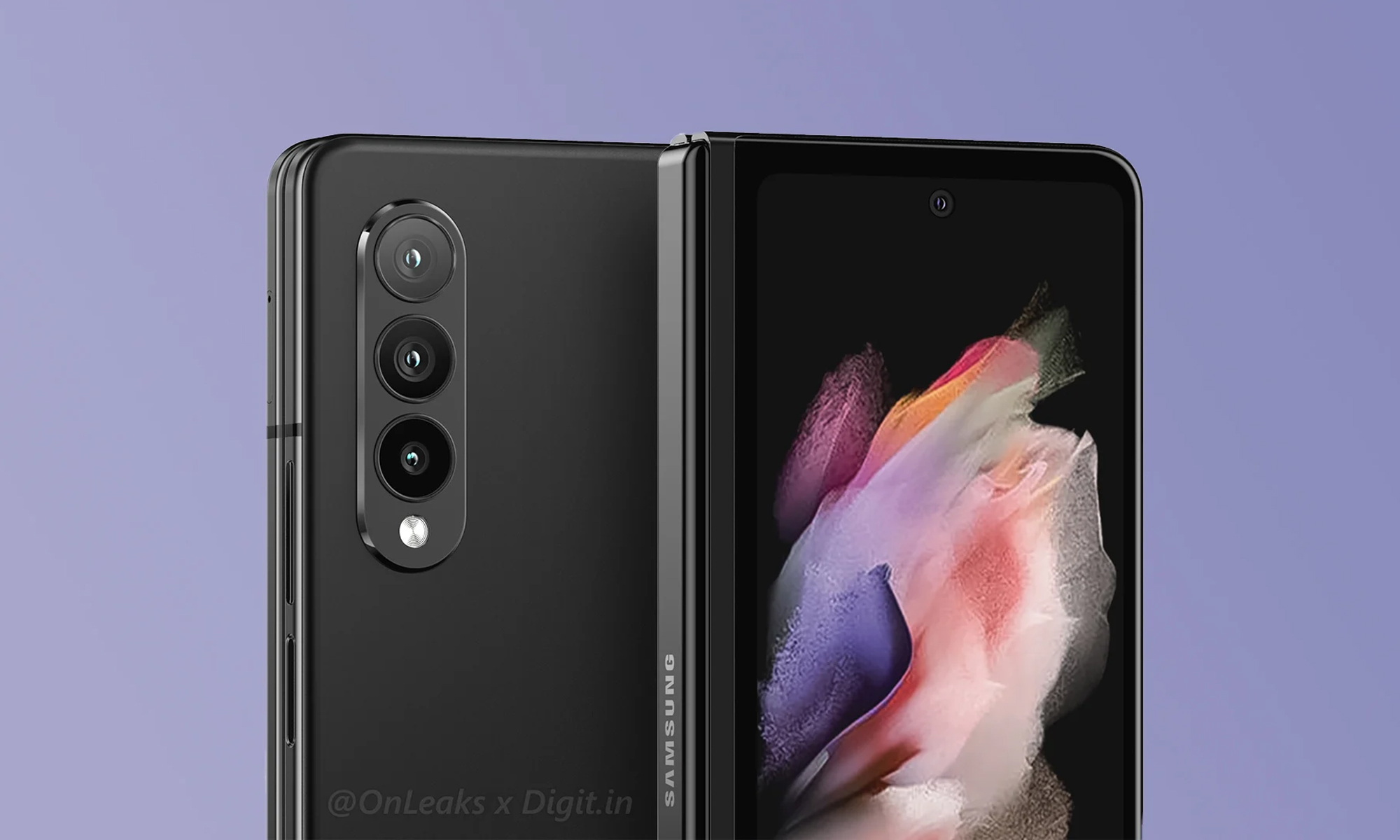News
Samsung’s Upcoming Galaxy Device Lineup Has Been Leaked
The GIFs give us a 360-degree view of the rumored Samsung Galaxy S21 FE, two new foldable smartphones, two new smartwatches, and one pair of new wireless earbuds.

Samsung’s Galaxy Unpacked event, which will be held on August 11, at 10am EST, most likely won’t be full of surprise revelations. In fact, there most likely won’t be a single surprise because a seasoned leaker Evan Blass has just tweeted what seems to be the entire Galaxy device lineup in the form of GIFs.
The GIFs give us a 360-degree view of the rumored Samsung Galaxy S21 FE, two new foldable smartphones (Galaxy Z Fold3 and Galaxy Z Flip3), two new smartwatches (Galaxy Watch4 and Galaxy Watch4 Classic), and one pair of new wireless earbuds (Galaxy Buds2).
— Evan Blass (@evleaks) July 10, 2021
Right now, the biggest question mark is hanging over the Samsung Galaxy S21 FE. In June, a report from Korea said production had stopped due to semiconductor shortage. Samsung responded by saying that “nothing has been determined regarding the alleged production suspension.” If the smartphone makes it to the market, it will basically be a more affordable version of the S21 (the FE actually stands for Fan Edition).
The Galaxy Z Fold3 and Galaxy Z Flip3 expand the company’s line up of foldable smartphones, offering upgrades specifications and a refined folding mechanism. As their names suggest, the Galaxy Z Fold3 folds along the vertical axis, while the Galaxy Z Flip3 is a modern take on traditional flip phones, which were popular more than a decade ago.
— Evan Blass (@evleaks) July 10, 2021
The Galaxy Watch4 and Galaxy Watch4 Classic smartwatches are expected to run Samsung’s new Google-based smartwatch platform, called One UI Watch. Last but not least, the Galaxy Buds2 wireless earbuds promise refined sound quality, improved water resistance, longer battery life, and sleeker design. Their price, however, is yet to be confirmed.
— Evan Blass (@evleaks) July 10, 2021
Also Read: How To Clean Your Apple Watch Like A Pro
Because of the semiconductor shortage, Samsung and most other large players in the electronics industry have been experiencing major issues with achieving planned production outputs and adhering to product release schedules. Do you like the upcoming Galaxy device lineup?
News
Mamo Completes $3.4M Funding Round To Enhance Fintech Services
The startup will use the influx of cash to expand into Saudi Arabia and across the wider GCC while improving its product offering.

UAE-based fintech Mamo has announced the completion of a $3.4 million funding round that will help the startup extend its market presence and improve its product offering. Investors included 4DX Ventures, the Dubai Future District Fund and Cyfr Capital.
Mamo’s platform offers “payment collection, corporate cards and expense management” to help small and medium-sized businesses consolidate and streamline their operations. With the latest influx of capital, Mamo will further develop its comprehensive suite of services and begin testing its product lines in Saudi Arabia, further extending its footprint across the GCC.
Imad Gharazeddine, co-founder and CEO of Mamo, stated: “We’ve been in the market for a while now and are incredibly proud of what our team has achieved. The holistic and expansive nature of our product offering has helped us continue to grow sustainably. This additional funding will allow us to reach our medium-term goals even faster. The support from new and existing investors is a testament to our strong expertise and the ability to deliver on our customer promise”.
Daniel Marlo, General Partner of lead investor 4DX Ventures, added: “We have immense trust in Imad’s vision, leadership and Mamo’s innovative approach to provide a user-friendly and comprehensive financial solution for SMEs that makes financial management more accessible and efficient. We are proud to partner with them and support their mission”.
Also Read: A Guide To Digital Payment Methods In The Middle East
Amer Fatayer, Managing Director of Dubai Future District Fund’s investment team, also commented: “Mamo’s localized product lines serve as an infrastructure for SME payments and spend management in UAE, a segment that is underserved by the country’s current banking infrastructure. The team has taken a product-first approach to consolidating SMEs’ financial journeys and building a fintech solution deeply embedded in a business’s core operations”.
To date, Mamo has raised around $13 million in investment funding and now boasts a team of 30 people. The company’s intuitive financial services platform has allowed over 1,000 businesses to consolidate their financial operations and significantly reduce payment fees.
-

 News4 weeks ago
News4 weeks agoAmazon Prime Day 2024: Get Ready For 6 Days Of Amazing Deals
-

 News4 weeks ago
News4 weeks agoSamsung Unpacked 2024: What To Expect From The July 10 Event
-

 News4 weeks ago
News4 weeks agoCoursera Report Shows Surge In UAE Interest In AI Upskilling
-

 News4 weeks ago
News4 weeks agoMeet Dubai’s Groundbreaking Smart Robot Delivery Assistant














